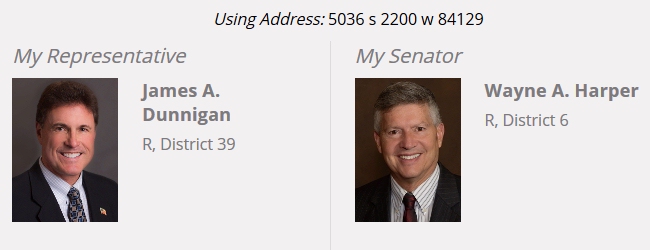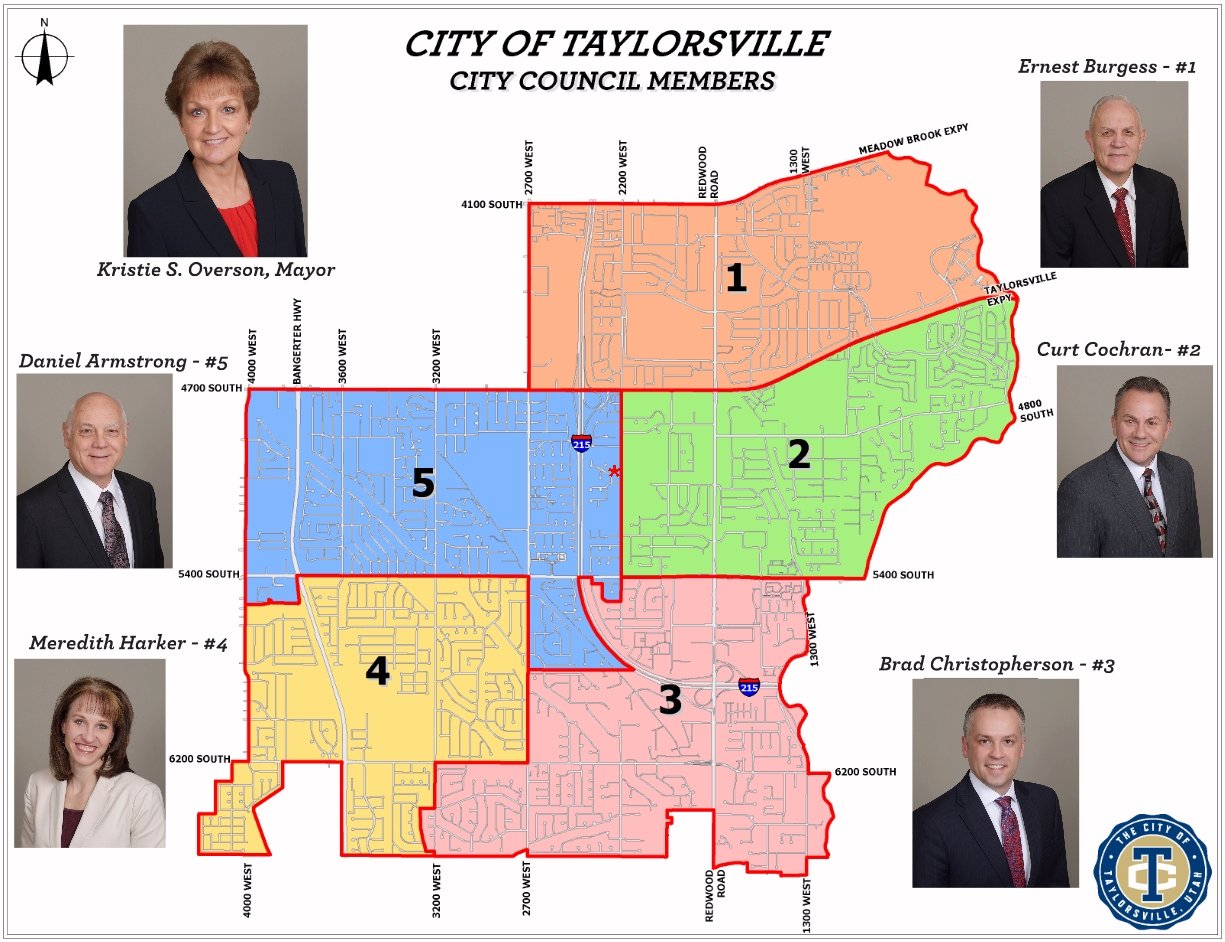|
Utah History & Facts
|
SECTION 1 - INTRODUCTION
https://www.ducksters.com/geography/us_states/utah_history.php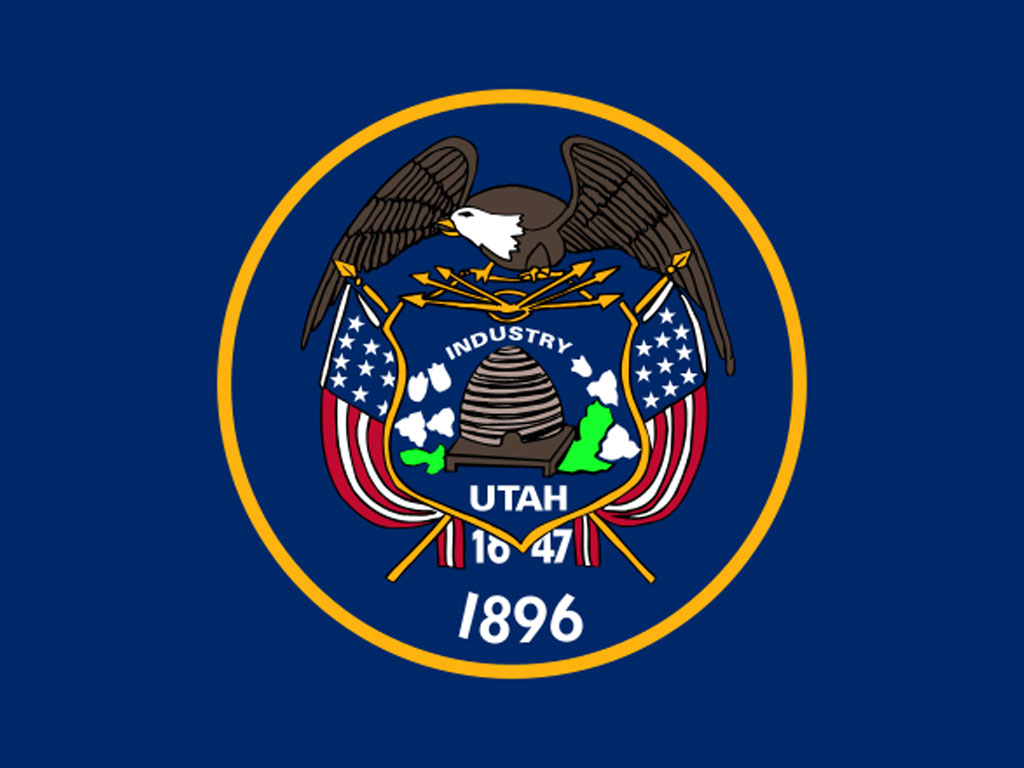
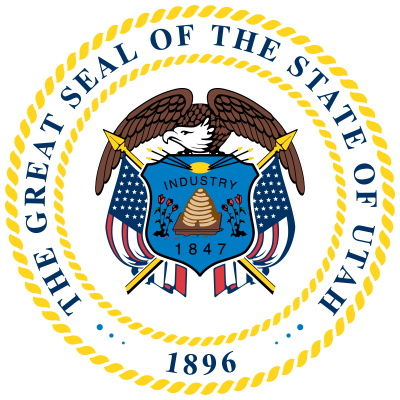
Introduction
- How did Utah get its name? A common folk etymology is that the name "Utah" is derived from the name of the Ute tribe, purported to mean "people of the mountains" in the Ute language. ... According to other sources "Utah" is derived from the Apache name "yuttahih" which means "One that is Higher up" or "Those that are higher up".
- People have lived in Utah for thousands of years. The earliest inhabitants are called the Paleo-Indians. They later developed into the Fremont people and the Anasazi around 500 AD. The Anasazi are also called the "Cliff Dwellers" because they carved large cities out of the walls of cliffs. Some of these cities can still be seen today. The Anasazi disappeared from the area around 1300.
- Native Americans When Europeans arrived in Utah, the land was inhabited by various Native American tribes. One of the largest tribes was the Ute people from which Utah gets its name. The Ute lived in temporary homes called tepees and hunted buffalo for food. Other Native American tribes included the Paiute in the south, the Goshute in the west, the Shoshone in the north, and the Navajo in the southeast.
- Europeans Arrive. The first Europeans didn't arrive in Utah until the 1700s when Spanish explorer Juan Antonio de Rivera visited in 1765. He claimed the land for Spain and found the Colorado River. In 1776, another expedition entered Utah from Mexico. It was led by Franciscan priests looking for a way to California. In the late 1700s and early 1800s, a few more people arrived. They were mostly fur trappers looking for new hunting grounds. These men included Jim Bridger who found the Great Salt Lake and Jedediah Smith who discovered a pass through the Rocky Mountains. One of the most influential explorers was American John C. Fremont. Fremont made detailed maps and notes of the territory which was of great help to future settlers.
- The Mormons Arrive In 1830, a religious group called the Mormons was formed by Joseph Smith in New York. However, the Mormons were persecuted wherever they went. When Joseph Smith was killed by an angry mob in Illinois in 1844, the Mormons decided they needed a new place to live. They chose Utah because there were so few people living there. In 1847, a group of 148 Mormons traveled to Utah led by Brigham Young. They settled in the Salt Lake Valley and named their settlement the Great Salt Lake City. The next year, 1,650 more Mormons arrived. Soon the area grew rapidly with new settlements forming such as Ogden, Provo, and Farmington. The Mormons named their land the state of Deseret and by 1850 there were over 11,000 Mormons living in the area.
- Becoming a State In 1848, the United States gained control of Utah from Mexico as a result of the Mexican-American War. The Mormons wanted to join the United States as the state of Deseret, but instead the land became the Utah Territory. Over the next several years, disagreements between the U.S. government and the Mormon leaders kept Utah from becoming a state. It wasn't until January 4, 1896 that Utah was admitted as the 45th state.
- Progress and the 1860s The 1860s marked a time of progress for the state when Utah became more connected to the rest of the country. In 1861, the final link of the First Transcontinental Telegraph was connected in Salt Lake City. Just eight years later in 1869, the last spike of the First Transcontinental Railroad was placed at Promontory Summit, Utah. Now Utah was no longer as isolated from the rest of the nation.
Timeline
- 500 - The Anasazi people lived in the region.
- 1300 - The Anasazi people disappear.
- 1600s - Native American tribes such as the Ute and Shoshone inhabit the land.
- 1765 - Spanish explorer Juan Antonio de Rivera visits the area.
- 1776 - Franciscan priests explore the land looking for a passage to California.
- 1821 - Mexico becomes independent from Spain and takes control of Utah.
- 1824 - Jim Bridger becomes the first European to see the Great Salt Lake.
- 1847 - The Mormons arrive and found Salt Lake City.
- 1848 - Utah becomes part of the United States after the Mexican-American War.
- 1849 - The Mormons found the state of Deseret.
- 1850 - The Utah Territory is established by the U.S. Congress.
- 1861 - The First Transcontinental Telegraph is connected in Salt Lake City.
- 1869 - The First Transcontinental Railroad is completed at Promontory Summit.
- 1896 - Utah is admitted as the 45th state.
- 1919 - Zion National Park is established.
- 1964 - The Flaming Gorge Dam is completed.
- 2002 - The Winter Olympics are held in Salt Lake City.
SECTION 2 - HISTORY
https://www.history.com/topics/us-states/utah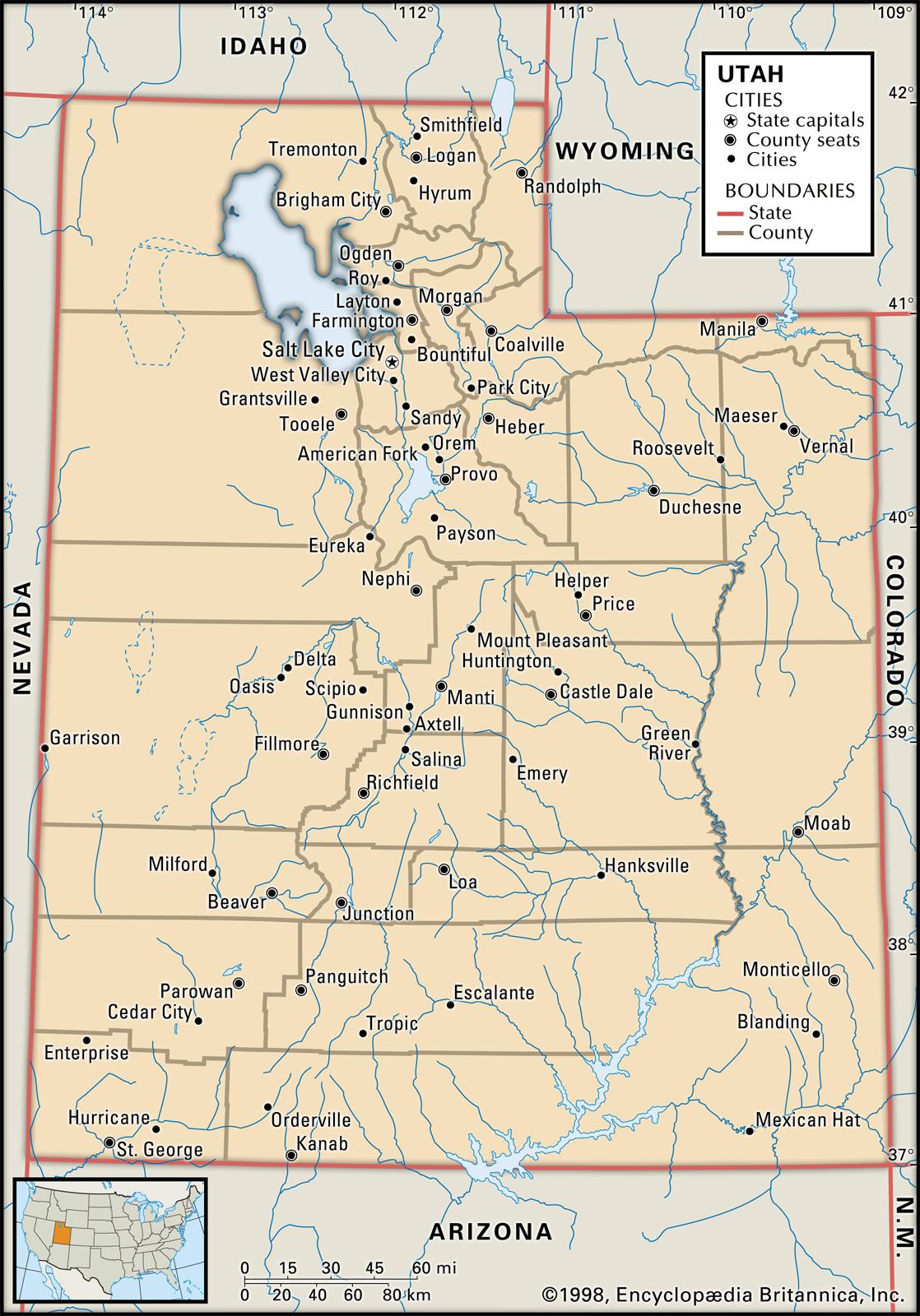
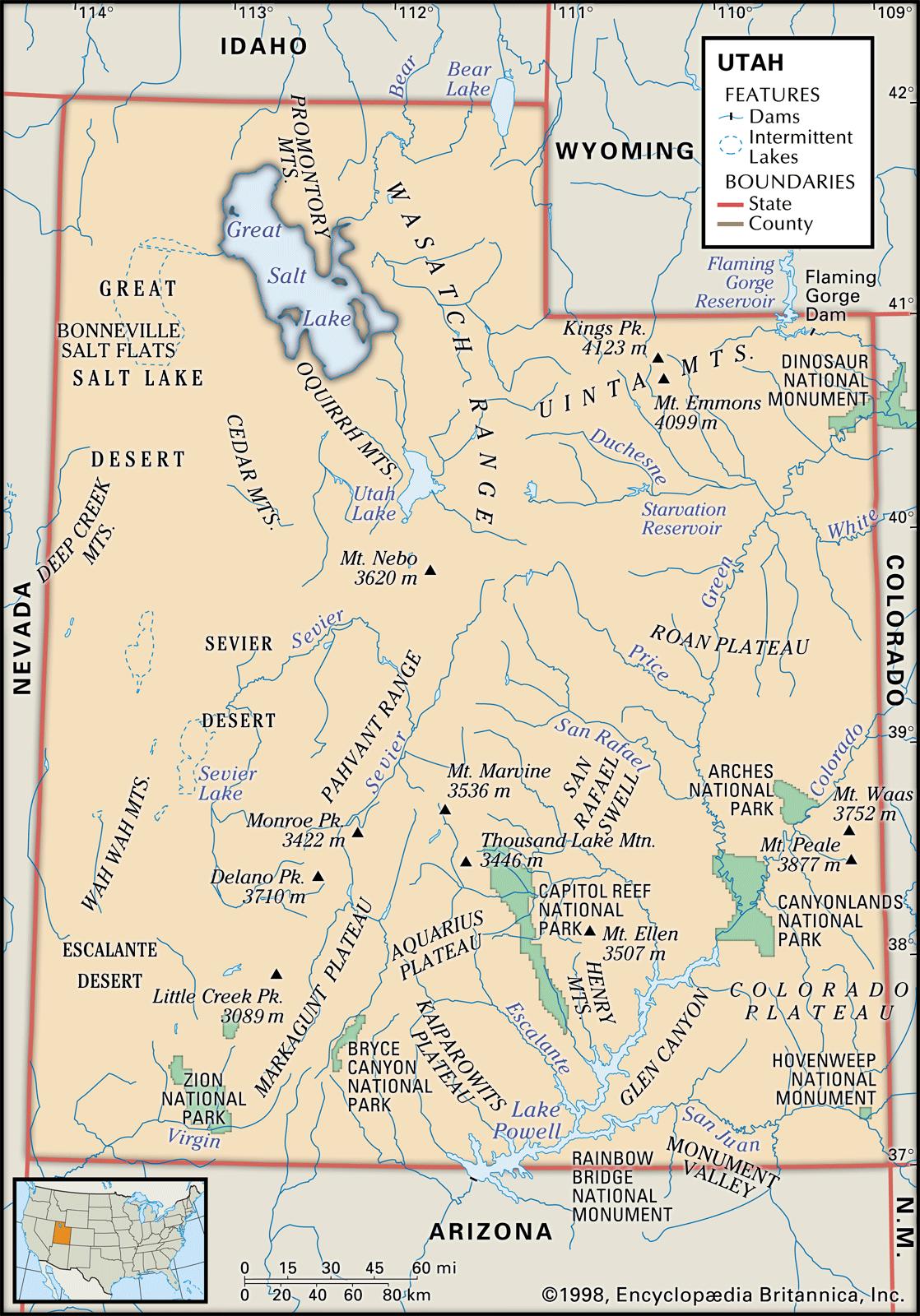
History
- How did Utah get its name? A common folk etymology is that the name "Utah" is derived from the name of the Ute tribe, purported to mean "people of the mountains" in the Ute language. ... According to other sources "Utah" is derived from the Apache name "yuttahih" which means "One that is Higher up" or "Those that are higher up".
- The Utah area became a part of the United States in 1848--but it took until 1896 for Utah to become a state.
- Date of Statehood: January 4, 1896
- Salt Lake City History. In ancient times Utah was inhabited by various Native American groups. ... Salt Lake City was founded on July 24, 1847, by a group of Mormon pioneers. (Mormons are members of the Church of Jesus Christ of Latter-day Saints.)
- Who were the first settlers in Utah? Shortly after the first company arrived in the Salt Lake Valley in 1847, the community of Bountiful was settled to the north. In 1848, settlers moved into lands purchased from trapper Miles Goodyear in present-day Ogden. In 1849, Tooele and Provo were founded.
SECTION 3 - FACTS
https://www.factretriever.com/utah-facts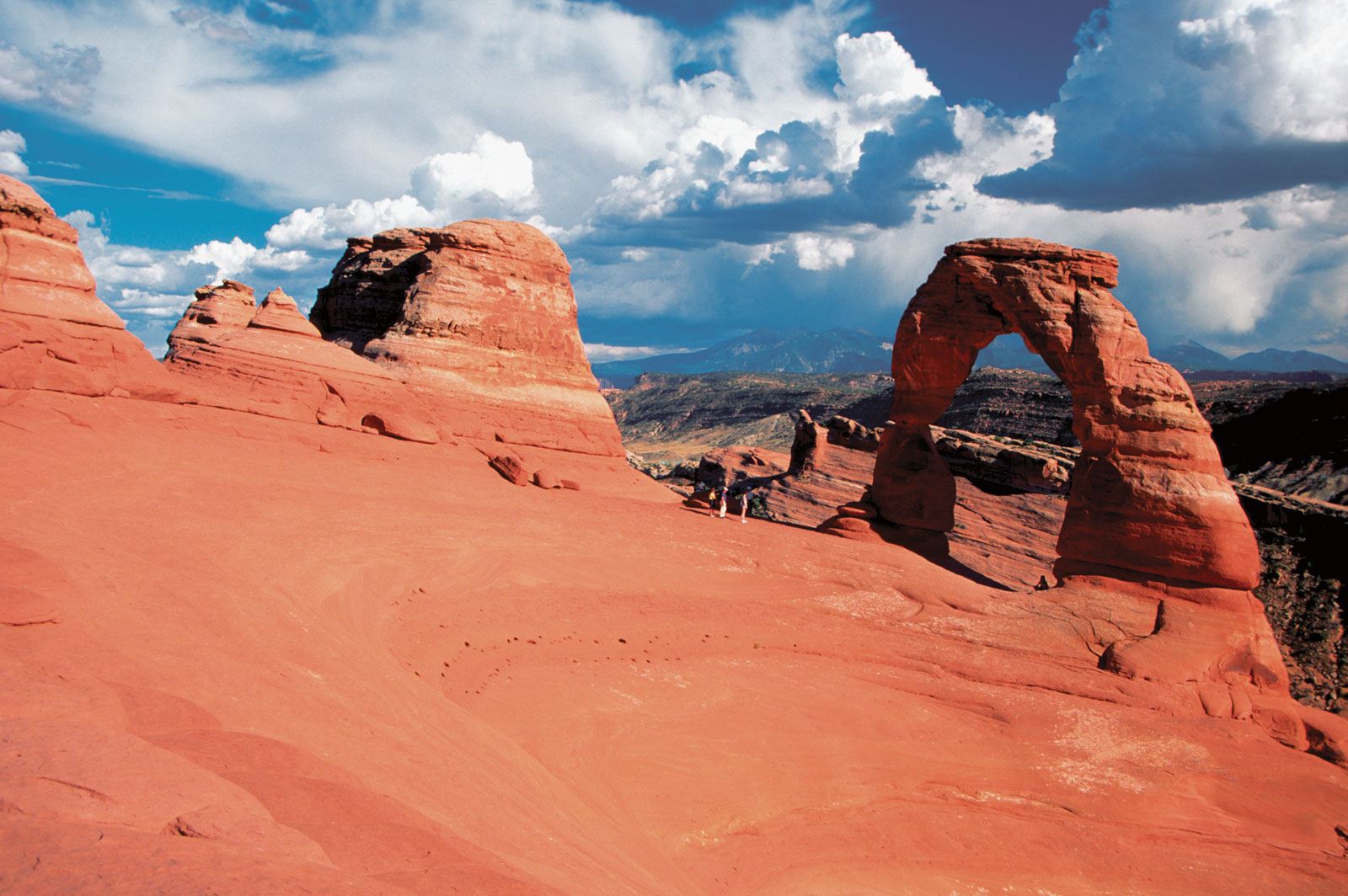
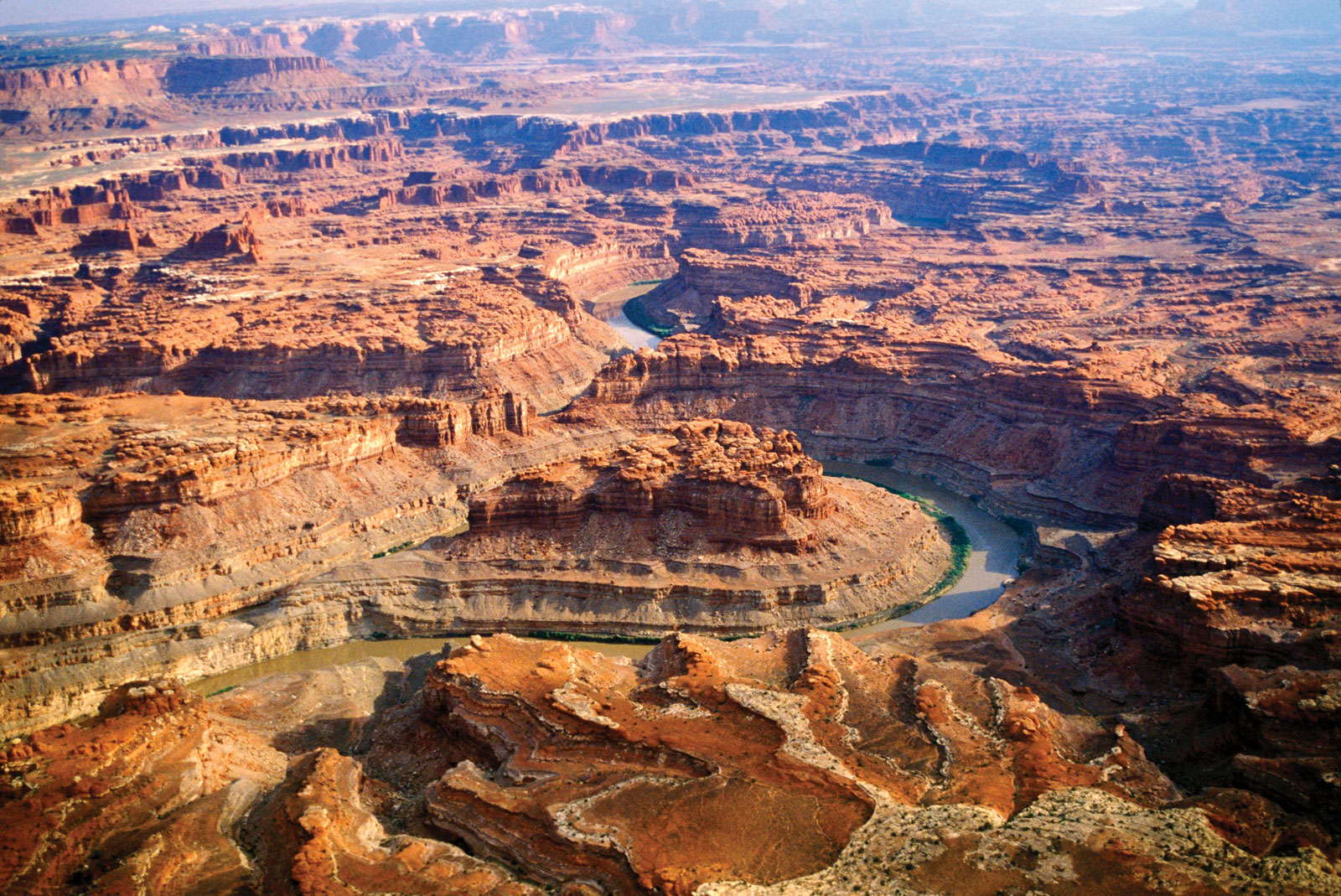

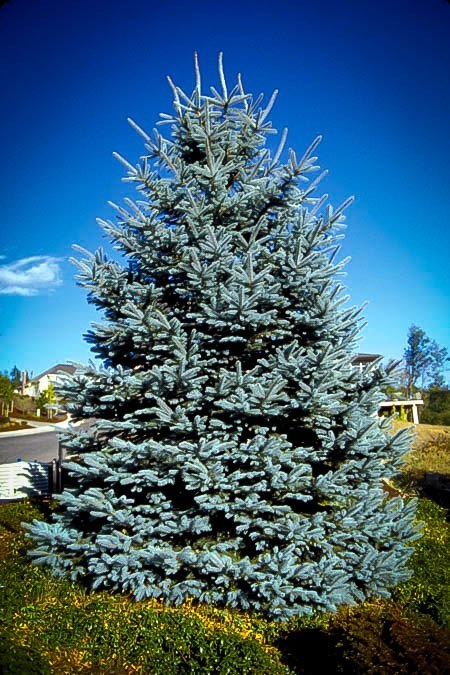
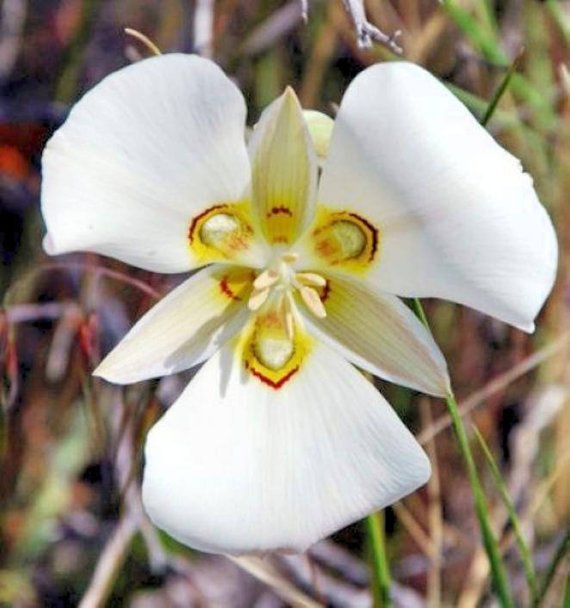
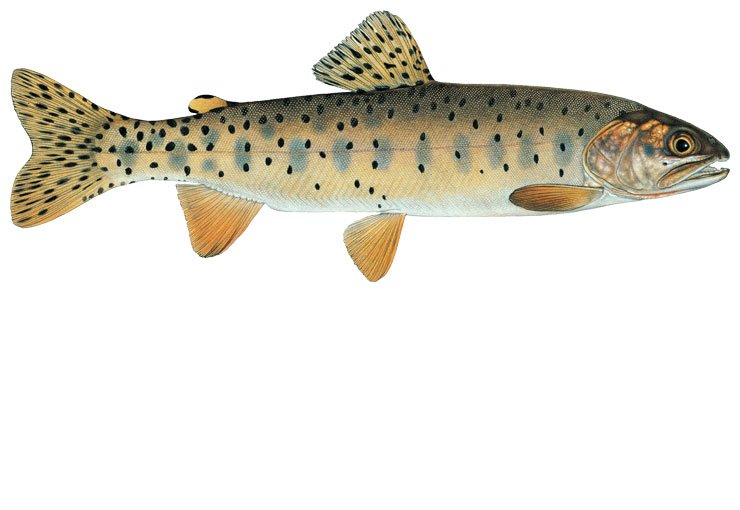
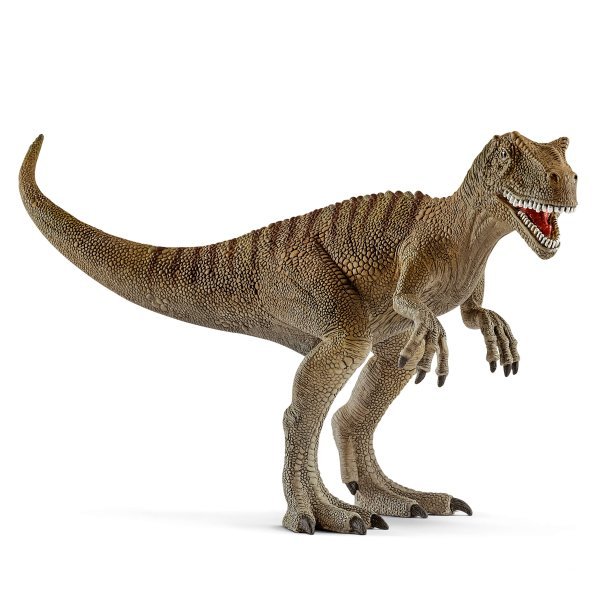

Facts
- Date of Statehood: January 4, 1896
- Utah's Great Salt Lake is the largest saltwater lake in the western hemisphere.
- Capital: Salt Lake City
- Population: 2,763,885 (2010)
- Size: 84,897 square miles
- Nickname(s): Beehive State
- Motto: Industry
- State Bird: California SeaGull
- State Tree: Colorado Blue Spruce
- State Flower: Sego Lily
- State Fish: Bonneville Cutthroat Trout
- State Fruit Cherry
- State Animal: Elk
- State Fossil: Allosaurus
- State Insect: Honey Bee
- State Rock: Coal
- State Gem: Topa
- In the summer of 1848, flocks of seagulls came to Mormon pioneers’ rescue by gorging themselves on the crickets that were destroying their newly planted crops. To honor the “miracle,” the Church of Jesus Christ of Latter-day Saints dedicated the Seagull Monument, located on Temple Square, in 1913. In 1955, the California Seagull was designated the state bird.
- On May 10, 1869, the first transcontinental railroad was completed when the Union and Central Pacific Railroads joined rails at Promontory Summit in Utah Territory. A tie made of California laurelwood bearing a silver plaque with the railroad’s completion date and four precious metal spikes were presented during the Golden Spike Ceremony; however, an ordinary tie and iron spikes were used to unite the rail lines.
- Although annual precipitation averages less than 5 inches within the Great Salt Lake Desert, the northern Wasatch Mountains receives more than 60. During the drought of 1976-1977, communities were forced to ration water as the state suffered from its driest period on record with only 7.7 inches of precipitation.
- In 2010, Utah had the youngest population in the U.S. with 33 percent of residents under the age of 18. It also maintained the highest birth rate, with 86.7 births per 1,000 women between the ages of 15 and 44.
- Arches National Park in southeastern Utah contains over 2,000 natural rock arches. The widest, known as Landscape Arch, extends 306 feet from one base to the other.
- What is Utah best known for? In other parts of the US, I have heard Utahns equivocated with Mormons (The Church of Jesus Christ of Latter-day Saints). Skiing and The Great Salt Lake are big things that Utah is known for, in addition to the predominant religion.
51 Interesting Facts about Utah - https://www.factretriever.com/utah-facts
- In Utah, it is illegal to hire trombone players to play on the street to advertise an auction. Additionally, it is illegal to fish while on horseback and to hunt whales. In Salt Lake City it is illegal to walk down the street carrying a paper bag containing a violin.
Utah has the highest literacy rate in the United States.
- Utah Lake is 24 miles long and 12 miles across. Almost 41% of the lake evaporates each year. There used to be a showboat on the lake that included on-deck dancing and a full orchestra.
- Arizona, Colorado, New Mexico, and Utah all meet at four corners. This is the only place in the United States where four states come together.
- Utah’s Great Salt Lake is about four times saltier than any of the world’s oceans. If a person boiled 1 quart of water from the saltiest part of the lake, a half cup of salt would remain. It is so salty because as the ancient Lake Bonneville dried up, salt and other minerals were left behind. Because the shrinking lake had no stream out to sea, the salt deposits became concentrated in the lake.
- According to Webster’s, “Utahans” is the grammatically correct way to refer to residents of Utah; however, most people from Utah stubbornly refer to themselves as “Utahns.”
The name “Utah” is derived from the name of the Ute Native American tribe. The name means “people of the mountains.”
Utah is the second-driest state in the United States after Nevada. On average, Utah has about 300 sunny days a year.
- Because it is centrally located in the Intermountain West, Utah is often called the “Crossroads of the West.” Its geography has three major land areas: the Rocky Mountains, the Basin and Ridge Region, and the Colorado Plateau.
- In 1824, Jim Bridger was the first Caucasian person to see the Great Salt Lake. He initially thought he had found the Pacific Ocean because it was so salty, but soon realized it was a giant salt lake. In the 1830s, thousands of people travelling from the East made stops in the Great Salt Lake region, which was then known as Lake Youta.
- Fillmore, Utah, is named after President Millard Fillmore and was initially designated as the capital. Salt Lake City replaced it as the territorial capital in 1856. Additionally, Salt Lake City was referred to as Great Salt Lake City until 1868.
- In 2012, Utah had the fourth highest bankruptcy filing in the United States, with 5.99 petitions for every 1,000 people. The average nationwide per capita filing rate was 3.97 petitions for every 1,000 people.
During the Utah War (1857–1858), over 120 unarmed settlers, including women and children, were murdered by a group of Mormon militiamen. The militia initially claimed Native Americans killed the settlers. The motives behind the massacre remain unclear, though historians point to war hysteria and a fear of outsiders. Scholars still debate whether the Mormon leader, Brigham Young, ordered the massacre or if the responsibility lies with local leaders in southern Utah.
Utah is called the “Beehive State” because most of Utah’s early white settlers belonged to the Church of Jesus Christ of Latter-day Saints, who follow the Book of Mormon. They were hard workers and envisioned themselves as a “hive of industry.” They wanted to call their new state “Deseret,” which is the word for “honey bee” in the Book of Mormon.
- Salt Lake City, UT, has more plastic surgeons per capita than any other city in the United States.
- The state of Utah could fit inside California two times with a little left over. Only half of Utah could fit in Virginia.
- Utah is home to the largest open-pit mine in the world, Brigham Canyon.
- Utah has an average of only 32 people per square mile and is one of the most thinly populated states in the nation. Most Utahans live in the towns and cities along the Wasatch Front, which is the western side of the Wasatch Mountains (which is a range of the Rocky Mountains). Utah is the 13th largest, the 33rd most populous, and the 10th least densely populated state in the U.S.
- Approximately 82% of Utahans are of European descent. Hispanics or Latinos are the next largest ethic group in the state, making up almost 12% of the population. Utah has smaller populations of Asians, African Americans, and Native Americans.
- Utah is the only state to have a cooking pot among its state symbols. The Dutch oven was approved as a state symbol by the legislature in 1997.
- Hill Air Force Base near Ogden, Utah, is the largest employer in the state of Utah.
- Famous Utahans include David Archuleta, Butch Cassidy, Shannon Hale, Karl Malone, Donny and Marie Osmond, Robert Redford, Julianne and Derek Houghs, Roseanne Barr, Loretta Young, James Woods, Chrissy Teigen, Orson Scott Card, Terry Tempest Williams, and Steve Young.
- In Utah there is a town called “Levan.” Levan is “navel” backwards—and Levan is in the center, or is the “navel,” of Utah.
- A higher percentage of Utahans are married than in any other state in the United States. According to the 2012 American Community Survey, 57% of Utah’s women (15 years and older) are married, down from 69% in 1950.
- Utah couples marry at a younger age than in any other state in the country. The median age for a first marriage in Utah is 26.2 for the groom and 24.1 for the bride. The average for the rest of the United States is 29.1 for the groom and 27.1 for the bride.
- Utah’s divorce rate is slightly higher than the U.S. average and has been that way for decades. However, while Utahans are more likely than their national counterparts to divorce, they are also more likely to marry or remarry.
- About 13% of Utah’s children live in households headed by a woman with no husband present, which is lower than the national average of 25%.
- With 31% of the population under the age of 18, Utah has the youngest population in the United States. It also has the highest birth rate in the nation.
- Utah is home to the United States' first department store, Zions Co-operative Mercantile Institution. Today it is known as ZCMI.
- Kanab, Utah, is also known as “Little Hollywood” because over 100 movies (mostly Westerns) and many T.V. series have been filmed there since 1924. Famous movies include Stage Coach, The Lone Ranger, Gunsmoke, Planet of the Apes, The Outlaw Josey Wales, and Sergeants 3.
- Lagoon—located in Farmington, Utah—is the oldest operating amusement park in the American West, and its original roller coaster, named “Old Woodie,” is the 3rd oldest in the nation.
- Utah has the highest rate of online porn subscriptions in the United States.
Approximately 62% of Utahans are Mormons, or members of the Church of Jesus Christ of Latter-day Saints. Utah is the most homogeneous state in the United States in terms of religion.
- Because of the state of Utah’s high elevation and desert-like climate, its snow is dry and powdery. Hence, Utah claims to have the “Greatest Snow on Earth.”
- Utah has one of the highest rates of prescription drug abuse in the United States. Over the past decade, it has increase by 800%.
- Utah restaurants and bars have a unique partition that separates restaurant bartenders who are preparing drinks from the customers who order them. Their aim is to prevent excessive drinking by keeping alcohol out of sight. These partitions are called “Zion Curtains” by locals.
- Utah is home to the Missionary Training Center in Provo, Utah. This 35-acre center for LDS (Mormon) missionaries can house 3,800 missionaries and it serves 10,000 meals a day. It is the nation’s second largest on-site language school, after the U.S. Defense Department’s Language Institute in Monterrey, California.
Polygamy was practiced in Utah until it was banned in 1890 as a condition of being granted statehood. Today there are roughly 40,000 polygamous marriages in the state of Utah, mostly among breakaway Mormon fundamentalist groups.
- On May 10, 1869, the First Transcontinental Railroad was completed at Promontory Summit, Utah. The event was billed as the “Wedding of the Rails.”
- While presidential hopeful Mitt Romney was born in Detroit, Michigan, he calls Utah home. His new 5,900-square-foot home in Holliday will include high ceilings, a hot tub, a secret door/room, an exercise room, and more.
- In 2014, 1,039 people dressed as angels, wise men, and other religious figures broke the Guinness World Record for the largest live nativity scene. Also in attendance in the Provo, Utah, park event were a camel, a donkey, and some sheep.
- The FBI holds various Utah “secrets” in its vault, including UFO sightings in Utah, snooping into whether the Utah NAACP had been infiltrated by communists, a death threat in Utah against Lady Bird Johnson, information on serial killer Ted Bundy, and former FBI Director J. Edgar Hoover’s dislike of Cleon Skousen (who has become an important figure in today’s Tea Party movement).
- Walter Frederick Morrison, the man credited with inventing the Frisbee, was born in Richfield, Utah. He said he got the idea for the “Pluto Platter” after throwing cake tins on the beach.
Salt Lake City, UT, is home to the nation’s leading manufacturer of rubber chickens.
- One of the most unique places in Utah is the Bonneville Salt Flats, named after the ancient sea that covered the area. Stretching over 30,000 acres, the white salt is millions of years old. Thousands of tourists, filmmakers, and land speed racers make it famous throughout the world.
- Two dates appear on Utah’s state seal: 1847, the date Mormon settlers arrived in Utah, and 1896, the year Utah became the 45th state. Also on the seal are sego lilies, which stand for peace and are the state flower.
- Utah is home to 25 colleges and universities. Two universities, Brigham Young University and the University of Utah are traditionally rivals in several athletic fields. Their annual college game is nicknamed the “Holy War,” mainly because the LDS church owns BYU, while the U is a secular university.
A 2012 Gallup poll found that Utah, overall, was the best state to live in. West Virginia, Mississippi, and Kentucky were in the bottom three.
- Over 2/3 of Utah land is owned by the United States' federal government.
Approximately 75 million years ago, Utah was part of a landmass called Laramidia. This land mass was hot, swampy, and full of dinosaurs, which makes Utah one of the best places in the U.S. to find dinosaur fossils. In fact, the world’s largest raptor lived in Utah. Known as the “Utahraptor,” it measured over 23 feet long, making it larger than any other known raptor.
Utah has the highest consumption of Jell-O in the United States. In fact, Jell-O is Utah’s state snack.
SECTION 4 - SALT LAKE CITY
https://utah.com/salt-lake-city/history
Salt Lake City History
In ancient times Utah was inhabited by various Native American groups. The ancient Pueblo People, also known as the Anasazi, built large communities in southern Utah from roughly the year 1 to 1300 AD. The Ute Tribe, from which the state takes its name, and the Navajo Indians arrived later in this region.
Salt Lake City was founded on July 24, 1847, by a group of Mormon pioneers. (Mormons are members of the Church of Jesus Christ of Latter-day Saints.) The pioneers, led by Brigham Young, were the first non-Indians to settle permanently in the Salt Lake Valley. The founding group numbered 148, consisting of 143 men, three women, and two children.
The Mormons came to the valley in search of a region where they could practice their religion, free from hostile mobs and persecution. When Brigham Young first saw the valley he said, "This is the right place."
On the very day of arrival the pioneers began tilling the soil and planting crops. Within a few days plans were drawn for Great Salt Lake City, named after the salty inland lake which dominated the desert to the west. Out from the center of the city, now Temple Square, blocks were arranged on a grid pattern in 10-acre squares, separated by streets 132 feet wide -- "wide enough for a team of four oxen and a covered wagon to turn around."
In 1848, more emigrants came to the valley. But a late frost, drought, and a plague of crickets nearly destroyed the harvest. Flocks of seagulls consumed the crickets and enough of the crop was saved to enable the settlers to survive the winter of 1848-49. In gratitude, the seagull was later designated Utah's state bird.
Many of the pioneers were European converts to Mormonism. During the decade that followed they brought their culture, languages, and skills to the valley, building Salt Lake City into a cosmopolitan center.
When the Mormons first arrived in the valley the region was part of Mexico. A treaty signed in 1848 ceded it to the United States, and in 1850, the "State of Deseret" became the Utah Territory. Deseret means honeybee, a symbol of industriousness. Utah's state symbol is the beehive.
Construction on the Mormon temple began in 1853, but the capstone of this magnificent structure was not put into place until 1892. The temple was built with granite blocks which, until a branch railroad line was run into Little Cottonwood Canyon, were individually hauled by ox and wagon from the canyon to the building site.
The California gold rush brought emigrants through Great Salt Lake City. U.S. soldiers were stationed here in the 1850s and during the Civil War. Trade with these sojourners brought to the Mormons a measure of prosperity, although agriculture continued as the mainstay.
In 1869, the transcontinental railroad was completed by the driving of the Golden Spike at Promontory Summit, some 80 miles northwest of Salt Lake City. Utah was thus connected to the East and West. Many people traveled by rail to see the "City of the Saints." Some stayed to make and to lose their fortunes in mining. From the 1860s to the 1920s hundreds of copper, silver, gold, and lead mines were opened in the nearby canyons, including Bingham Canyon. Gigantic smelters were later built to refine the ore. Some prosperous mine owners constructed large, gracious homes along South Temple, once known as Brigham Street.
The 1890s were a decade of change. The Mormon Church officially ended the practice of polygamy. In 1896, Utah became the 45th state and the third to extend the vote to women. Salt Lake City was its capital. "Great" had been dropped from the name in 1868.
Salt Lake began to assume its present character in the early 1900s. The State Capitol and many other historic buildings were constructed. Electric trolleys, garaged at Trolley Square (now a popular shopping mall), were installed to transport people living in the Avenues, Capitol Hill, Liberty Park, and Sugarhouse areas to downtown. The trolleys were gradually replaced in the 1930s by buses. The last streetcar line was discontinued in 1941.
Eagle Gate, which had served to mark the entrance to Brigham Young's estate, was reconstructed to allow traffic flow. City parks were built, sewer systems and street lighting were installed, and streets were paved. Between 1900-1930, the city's population nearly tripled.
The Great Depression brought construction to a standstill, but the boom sounded again during World War II. War industries and military installations revitalized the economy. Workers and soldiers spent their money in the city's restaurants, shops, ballrooms, and theaters.
During the 1960s several commercial and service centers were built in the suburbs, drawing business away from downtown. To help counteract this movement, the Mormon Church invested $40 million in development of a downtown shopping mall. The ZCMI Center Mall, named for Zions Cooperative Mercantile Institution, a prominent retail chain which was begun in Salt Lake's pioneer days, is the result of that effort. In the 1970s new businesses and shopping malls were built and classic older buildings were renovated. City-wide beautification projects generated vitality and activity in the downtown community.
Salt Lake continued to grow in the 1980s. Development included the Salt Palace Convention Center expansion, the Salt Lake International Center, University of Utah Research Park, and Triad Center.
The downtown skyline changed again in the 1990s when the Salt Palace Convention Center was rebuilt and a major office tower and new courts complex were constructed. Redeveloped city blocks, restored building facades and new urban parks further enhanced the beauty of downtown.
The Salt Lake City International Airport added a new runway, an international arrivals building, a multi-level parking structure and an 18-hole golf course.
Utah continues to experience strong economic and employment growth. Ranked one of the best environments for business, the Salt Lake area's concentration of biomedical, high technology, and software firms is among the highest in the nation.
Thriving convention business and the success of the 2002 Olympic Winter Games sparked robust growth in Salt Lake's hotel industry. Over two thousand rooms were added in anticipation of the Olympics, for a total of 15,800.
The Salt Palace Convention Center once again underwent expansion. It now features 53 meeting rooms, 370,000 square feet of exhibit space, and a 45,000 square foot ballroom. A 243,000 square foot suburban convention center has also been recently constructed.
Transportation projects have included the I-15 freeway reconstruction and the launch of TRAX, a $312 million light-rail system which transports passengers north and south through the Salt Lake valley and downtown.
Salt Lake was proud to host the Olympic Winter Games in February 2002. The largest city ever to host the winter games, Salt Lake prepared well in advance for the most prestigious event of its history. Many venues are still in place and are available for the public to enjoy and relive Olympic memories. The world continues to be welcome here! Please enjoy Salt Lake's colorful past, exciting present, and promising future.
SECTION 5 - REPRESENTATIVES
Utah State Representatives
James DunniganWayne Harper
Representative James A. Dunnigan
Republican – District 39
Legislative Service Since: January 1, 2003
Mailing Address: 3105 W 5400 S STE 6, TAYLORSVILLE, UT, 84129
Phone: 801-840-1800
Email: jdunnigan@le.utah.gov
Committees:
- Executive Offices and Criminal Justice Appropriations Subcommittee
- House Business and Labor Committee
- House Political Subdivisions Committee
- Legislative Process Committee
Wayne Harper - Utah State Senate
Republican - District 6 | County(ies): Salt Lake
Began legislative service: House of Representatives January 1, 1997 - December 31, 2012
Senate January 1, 2013
Email: wharper@le.utah.gov
Phone: Home: 801-566-5466
Address: 2094 SURREY CIR, TAYLORSVILLE, UT, 84129
Committees:
- Executive Offices and Criminal Justice Appropriations Subcommittee
- Infrastructure and General Government Appropriations Subcommittee
- Retirement and Independent Entities Appropriations Subcommittee
- Senate Government Operations Confirmation Committee
- Occupational and Professional Licensure Review Committee
- Senate Political Subdivisions Confirmation Committee
- Senate Retirement and Independent Entities Confirmation Committee
- Senate Transportation, Public Utilities, Energy, and Technology Confirmation Committee
- Senate Revenue and Taxation Committee
- Senate Retirement and Independent Entities Committee
- Senate Rules Committee
- Senate Transportation, Public Utilities, Energy, and Technology Committee
- Transportation and Tax Review Task Force
Taylorsville City Council
Taylorsville City Council Web Site
Taylorsville City Council Districts
Councilman for 5036 South 2200 West, Taylorsville, Utah
City Council District #5
Dan Armstrong
Vice-Chairman
2920 West Robinwood Drive
Taylorsville, UT 84129
Phone: (801) 599-8961
E-mail: darmstrong@taylorsville ut.gov
Budget Committee
Association of Municipal Governments
Public Safety Committee
ChamberWest
|
|
